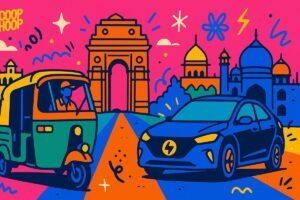Taking a cue from the successful models that have worked for containing COVID-19, Haryana plans to screen its entire population of 25.3 million people for Coronavirus symptoms through a door-to-door survey. Haryana will become the first state to do this on such a large scale.
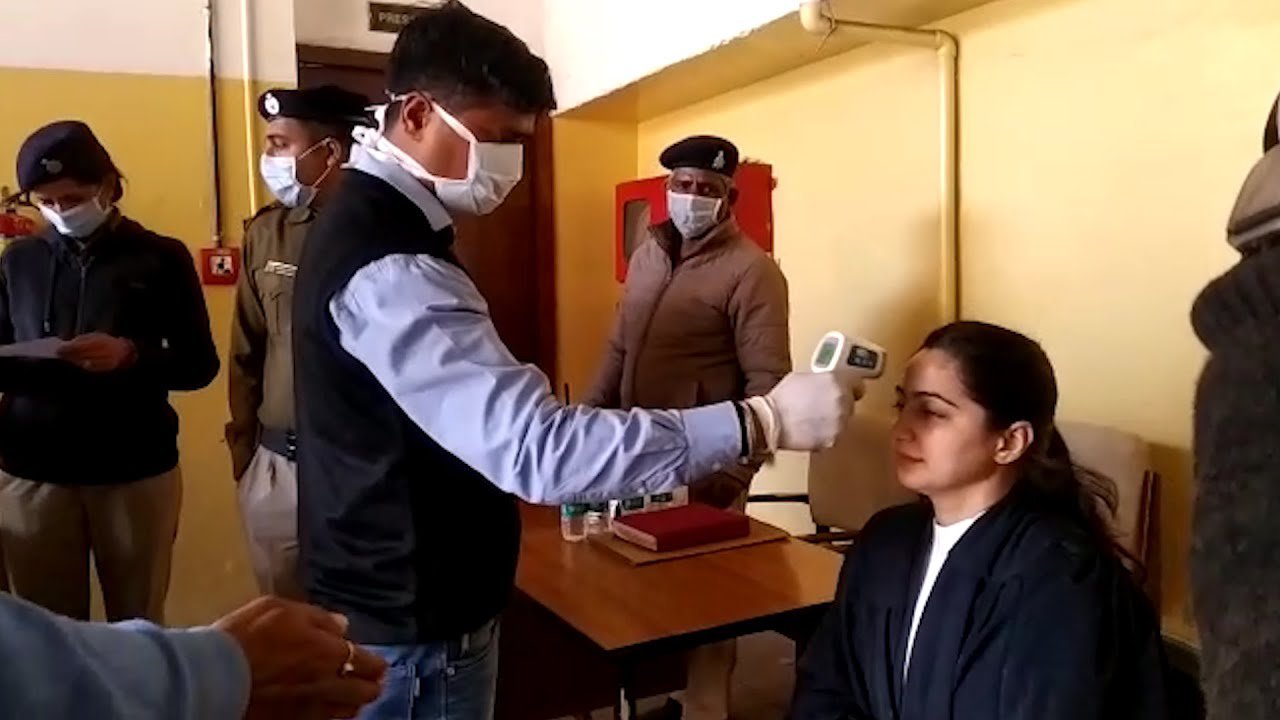
The door-to-door survey method has worked in many districts and was mainly popularized by the Bhilwara in Rajasthan.
Ever since then, the model has been conducted in Chandigarh, Tiruchy in Tamil Nadu, parts of Pune, Dharavi in Mumbai, Pathanamthitta in Kerala and other parts of the country.
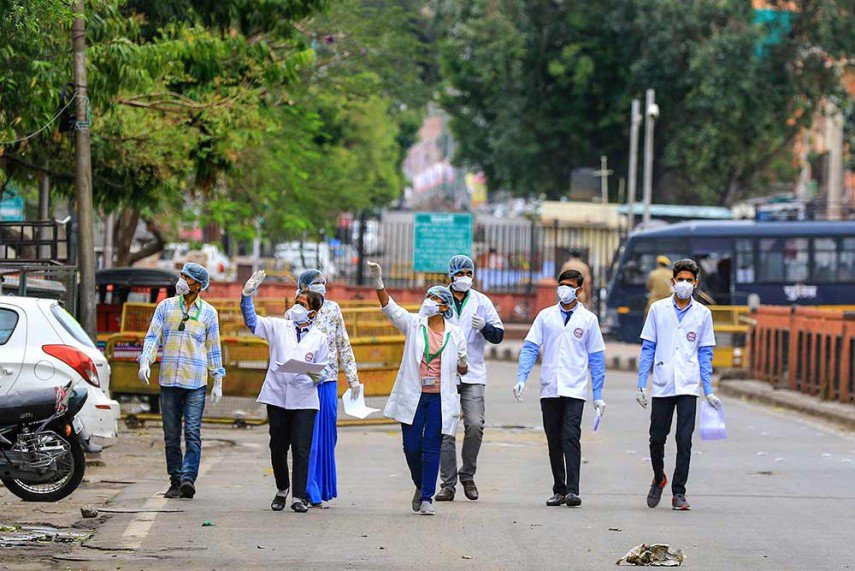
A door-to-door survey involves identifying symptomatic cases, isolate and test them and simultaneously go an extensive survey to check for any influenza-like symptom in the people. However, it is not proven that a scaled-up version of the door-to-door survey will always work. For example, Rajasthan wasn’t able to replicate the Bhilawar model in Jaipur.
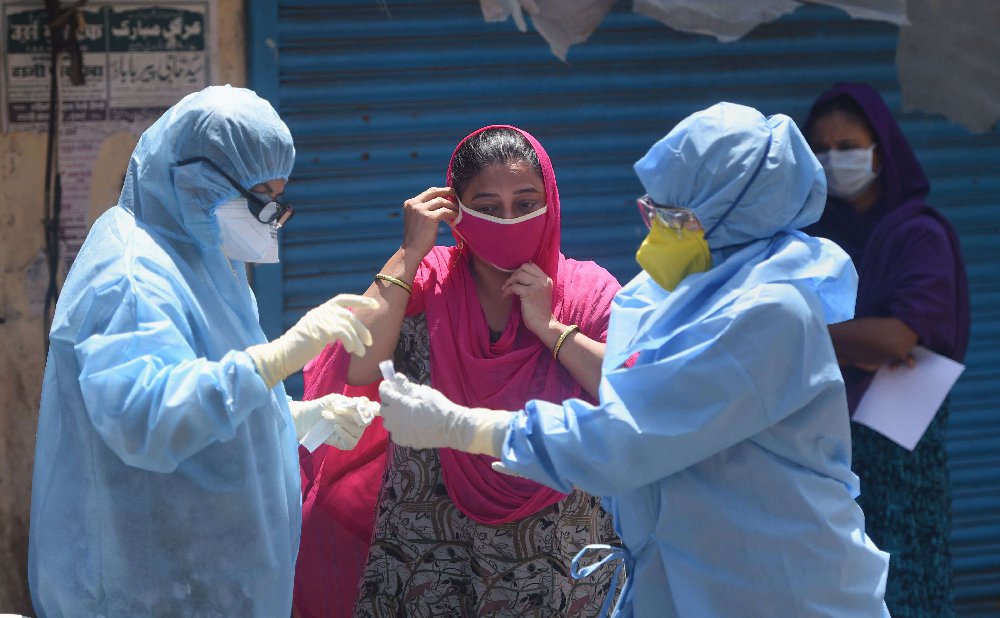
This is because you would need several thousands of healthcare and police workers to do this task. This task force would also require massive protective gears and that will be a big challenge. When we are already short of Personal Protective Equipment (PPE’s) for our front-line workers, procuring more protective gear is going to be hard for the state.
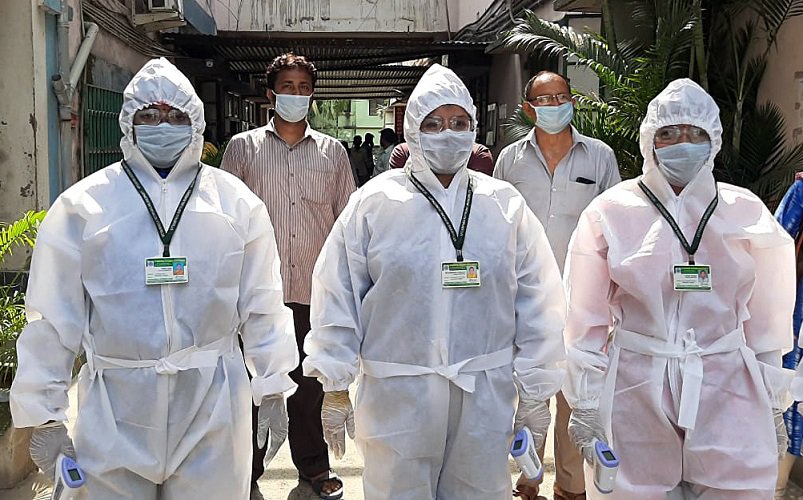
To put things into perspective, one healthcare worker can at best cover 50 houses a day or even 30 at places with poor accessibility. This makes the screening of 2.53 million people extremely difficult.
To overcome this, the government is urging people to go digital as they believe that the gap left between the number of people to be screen and the resources available can be only filled with technology. That’s why they have been actively promoting the Aarogya Setu app, which traces a user’s contacts over the past few days.
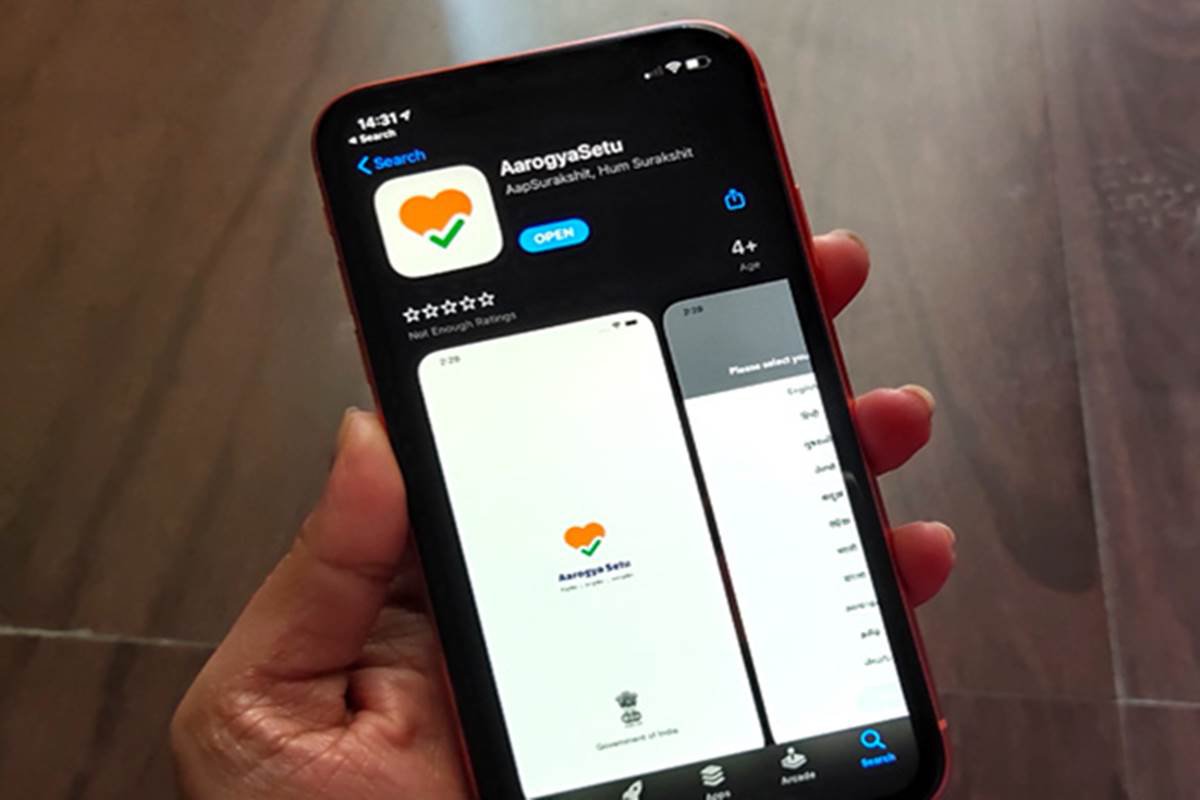
If the person is at risk, the app sends a signal to the authorities. Although the app has flouted security concerns, the government still believes that this might be the most viable way to screen people.
The introduction of the app as a substitute for door-to-door surveys makes one question that can digital technology ever replace door-to-door analysis by professionals? Is the app safe enough to use and even if it is, will it be able to reach the 1.3 billion people of India? These are a few questions that our medical research body and the government must answer.






